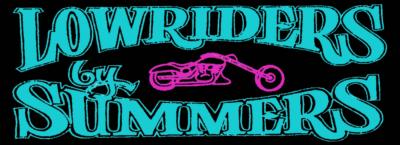|
|
|
 |
|
One of the hardest parts of any build for most anyone, is the wiring. I've got some tips and ideas that I'd like to pass on to you. Everybody does theirs a little different and every project is a little different than the next. Hopefully these tips and ideas will help you through your wiring hell. The main thing I keep in mind is clean and simple. Keep it all as compact and centrally located to the components as you possibly can. First of all, I always use new components such as the rectifier/ regulator combo, coils, and switches. Using old components is just asking for problems, especially when they're 30 or 40 years old. I use just the basic tools and connecters as shown below. Nothing really fancy or exotic.
To start with, I solder every connection. The connecters to the wire ends as well as wire joints. I don't trust just crimping the connecters, like the one shown below. I've repaired so many bikes that had these and in time, they want to come loose. I rarely see these done properly and don't like them, even when done properly.
What I do is to remove the plastic shield on the connecter and crimp the bare connecter to the wire to hold it as I solder each connecter. Once I've soldered it I follow that with a section of shrink tubing. I feel that by using shrink tubing, and using decent sized lengths of it will keep that connecter strong and solid over the years. I've seen many connecters that weren't supported, snap off after being worked with and taken off and on.
Stacking connecters on posts really makes it all difficult to assemble and just looks cluttered. I always use a main wire to come off the accessory post and splice in accessory wires as I go making a very simple and custom harness of sorts.
The picture below shows how I start with making splices. Remember: Always use shrink tube at joints and ends for reinforcement.
Here's a example of one I've finished. Another tip is to try to use colored wire to match the components, or, at least try to use same colors with similar components, like lights and so forth. This will make it easier to trace wires should you need to trouble shoot your work. If you use one color for everything.. trouble shooting will be a night mare.
Finally, use in line fuses,always. For years and 100s of bikes, I've used just one 30 amp fuse and never had a problem with that. But, recently I've gone to using two 30 amp fuses. One for all of the accessories and one for the ignition system. I always use the plastic surface mount units shown in the picture below.
So basically, remember:
|
|
|
|
|
|
|
|
|
|
|
|